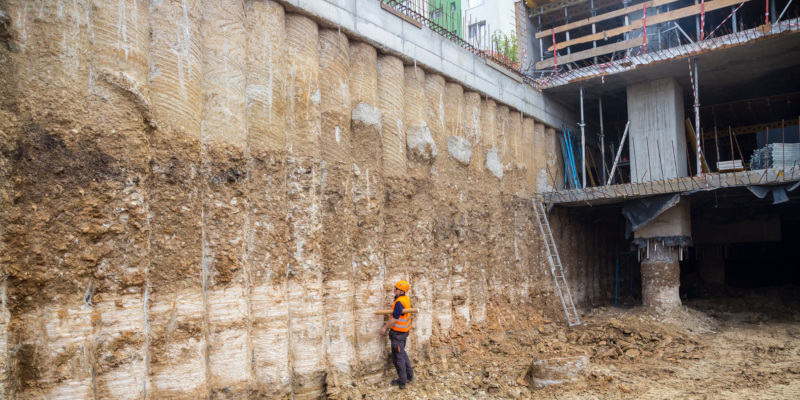
Geotechnical monitoring is crucial for the safety of a structure. It’s a must have in any pre-construction, construction, and post-construction stages. Wireless geotechnical monitoring makes use of sophisticated instruments in the monitoring of geotechnical structures, sites, and environment.
As you can imagine, geotechnical instruments play a significant role in construction. They aid engineers during each stage of construction, from initial site inspection to project completion and beyond.
Pros of Wireless Monitoring
- Lower Energy Consumption
Batteries used in the operation of the system needs to be replaced after several years. This ensures you consume lesser energy, hence increased savings.
- Reliability and Hard to Damage
Unlike conventional means of monitoring, there are no cables that can get snagged or pulled out of their connectors. Hence, there are less dangers at the work place. Installation is also straightforward and faster.
- Low Installation and Maintenance Costs
Similarly, wireless geotechnical monitoring leads to cost savings. Since there are fewer cables used in installation and operation, you save on cash, which would have been spent on the installation and maintenance of the wires.
- Ease of Scaling
Their modular design makes scaling a breeze. Additional sensors can be fitted and added onto existing nodes. They automatically connect and join an existing mesh network.
- Longevity
Due to their basic design, these systems tend to have a longer life-span. Wireless networks, unlike their cabled counterparts, tend to serve you for a more extended period.
When used in any construction, wireless geotechnical monitoring systems ensure enhanced safety, minimal downtime, reduced maintenance costs, improved infrastructure life-span, and so on.
